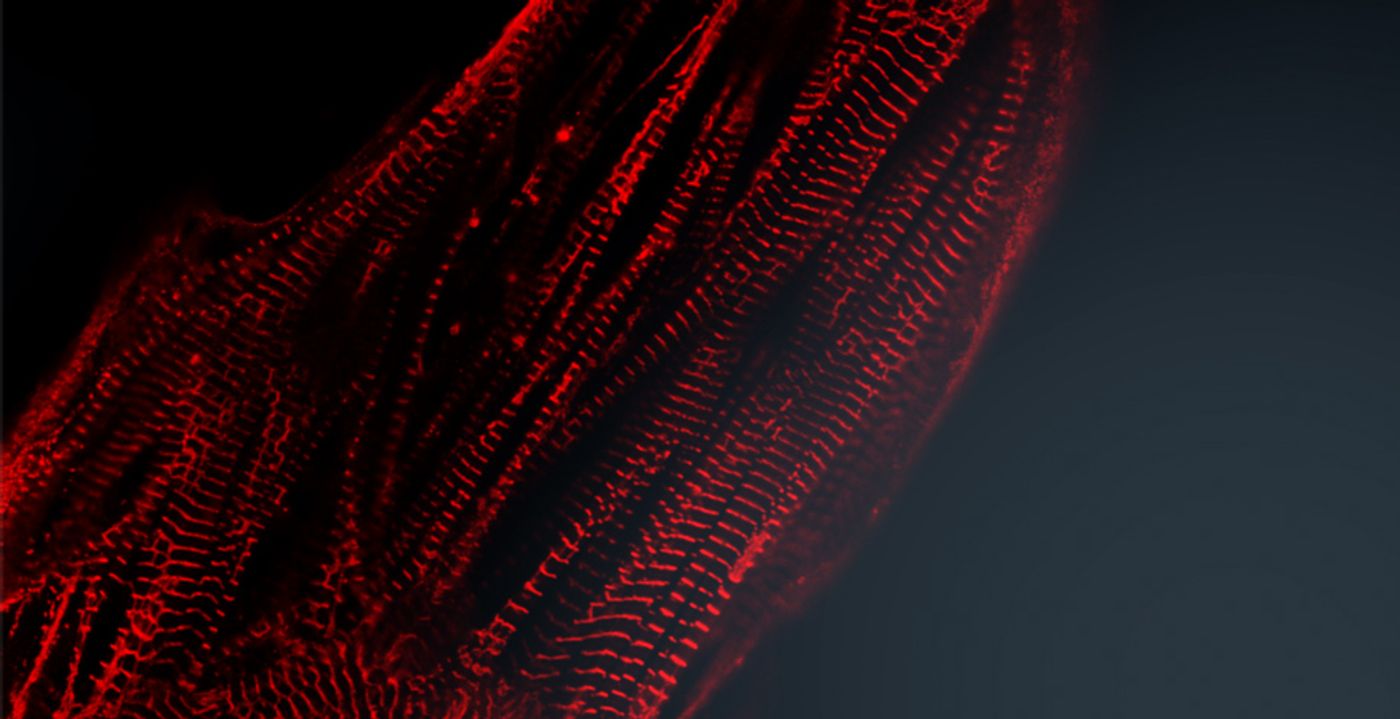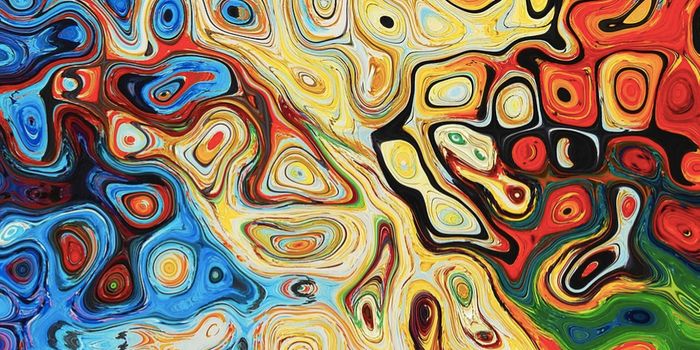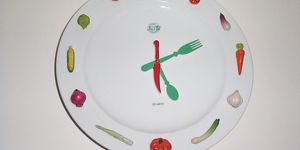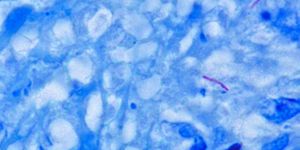Why can’t cardiac tissue repair itself? Maybe if Baylor College of Medicine scientists can figure it out, they can design therapeutics to help heart cells become self-renewing, capable of healing conditions like muscular dystrophy all on their own.
Muscular dystrophy (MD) can influence skeletal muscles all over the body, which often leads to heart disease. This type of MD condition can be treated with “cardioprotective medical therapies,” but overall treatment options are limited, and there is no cure. Results from this study could provide insight for new MD treatments, as well as for numerous other disorders relating to the destruction of the heart’s cells.
"Patients with muscular dystrophy can have severe reduction in cardiac function," explained senior author of the new Baylor study, Dr. James Martin. "Our findings may help to design medicines to slow down cardiac decline in muscular dystrophy by stimulating cardiomyocyte proliferation. In order to do that, we need more research to understand cardiomyocyte growth control pathways in greater detail."
Martin and his team began studying the interaction between two heart cell pathways, the Hippo pathway, which is known to inhibit the renewal of adult cardiomyocytes, and the dystrophin glycoprotein complex (DGC) pathway, which is vital for normal heart cell function. Mutations in the DGC pathway have been linked to MD development in the past.
Researchers were looking for any connection between hippo and DGC that might explain why heart cells cannot heal themselves. They studied many potential interactions in mouse models by genetically engineered mice to lack various genes from either or both pathways: What combination of gene knockouts altered the heart’s ability to repair itself?
They found that a DGC protein, dystroglycan 1, directly binds a Hippo protein, Yap, and that this binding inhibits the proliferation of cardiomyocytes. The connection between these two “yin and yang” pathways is an exciting new finding for any scientist interested in self-renewal in the heart tissue.
"The discovery that the Hippo and the DGC pathways connect in the cardiomyocyte and that together they act as 'brakes' or stop signals to cell proliferation opens the possibility that by disrupting this interaction one day it might be possible to help adult cardiomyocytes proliferate and heal injuries caused by a heart attack, for example," Martin explained.
The present study was published in the journal Nature.
Sources: Circulation: Cardiovascular Imaging, Baylor College of Medicine









